|
As morning dawns on the brink of Weed legalization in California, small growers are taking note of what makes a really great wine. Why? Because much like in the world of wine, where and how you grow your weed is finally going to matter. The Emerald Triangle is not just a place where back-to-the-landers from the 1960s generation went to “drop out” and be left to their own devices, it is today one of the most important and distinctive geographic regions in the world for the cultivation of world-class cannabis. What is it exactly that makes our location so special for growing really great weed? There is something about the angles at which the sun hits the earth at our particular latitude and longitude, and the way the seasons evolve, the particular distance from the ocean and the rugged mountains that surround our valley, the natural mountain spring-fed waters, and the bountiful life-filled wilderness of Oak, Pine, Fir, Madrone, wildflowers and wildlife that surrounds us. Most important to the distinctive flavor and effects of our flowers is the purity and richness of our native living soils in this woodland meadow in a lush river valley deep in the heart of the inner Emerald Triangle. The flowers, like the people, seem to display the uniquely wild, pure and magnificent natural characteristics of our soil and our region. They are resplendent, blissful, and brilliantly impressive with a larger than life vim and vigor. This is a very special place. And it is because of a very special people with a great love for this particular plant in all its glory, determined to help it fulfill its destiny, that the Emerald Triangle has emerged as one of the most important regions in the world for the cultivation of cannabis. It is the unique characteristics of a named place, or Appellation, which give a product from that particular place its distinctive qualities. At the moment in the United States, not even the wine industry has true Appellations. Rather, wine producing areas are identified with Geographical Indications (GI) called American Viticulture Areas (AVA). This designation, however, has no other qualification than to stipulate that at least 85% of the grapes used to make that wine were grown in the named geographical area. In France, on the other hand, Appellation d’Origine Controlée (AOC) has many more requirements. The purpose of these is to identify the unique conditions prevailing in that area of origin, to show why the product is unique. Many factors are considered, such as weather, temperature fluctuations, average rainfall, typical frost dates. There is also soil quality and composition, which is based on the geology of the region as well as the water. The other set of factors are the "human interventions in the process", the particular farming methods which are a result of generations of trial and error by the farmers in the region. This is also key in the breeding of unique heirloom varietals. The French have a concept that encompasses all of these ecological elements such as "climate, geology, soil and cultural heritage combined with a spiritual relationship with the land". The word is Terroir; most simply translated as “of the Land, of the Place.” In the Emerald Triangle, generations of backwoods farmers brought landrace strains back from the farthest reaches of the globe, including legendary cannabis growing regions such as the Hindu Kush area of Pakistan and Afghanistan that is not easily accessible today. Many strains were shared and bred openly for generations, allowing natural selection and genetic vitality and evolution to progress while selecting for characteristics that have created potent and beautiful flowers with great vigor for our particular climate, and a certain distinct je ne sais quoi, that comes from our unique Terroir. It will be important for California cannabis consumers to demand knowledge beyond where their cannabis was grown, but also how; to go way beyond organic sungrown, to ask, was it grown exclusively in native soils? What farming practices, water source, nutrients and inputs were utilized? Are they inputs that are sourced externally from outside places, or does the fertility used come from the land in which it is grown? Do the farmer and the farm have a heritage with cultural and spiritual ties to the region, the land and the product? We believe these factors are critical in the outcome of the product, and the difference definitely shows. True Terroir comes from planting outdoors in the ground in native living soils, and utilizing inputs and fertility that come from the land itself. Our farm’s mission is to thrive as one whole interconnected living organism that creates abundance through its own fertility and regeneration of the land, via holistically cultivated biodiversity and closed-loop natural systems of renewal, utilizing guiding principles of permaculture and biodynamics to enhance the health of our native living soils and unique characteristics of our Terroir. As community leaders in the Regenerative Agriculture movement, we are deeply committed to using only the most ecological, sustainable, and holistic of growing practices. For us it is more than a passion, it is a way of life. Ultimately, the proof is in the pudding, and we know that we personally love the flavor of flowers that is 100% pure and unadulterated. Check out our latest Laboratory Test Results here.
0 Comments
At cannabis events we have periodically been told that we remind people of “a young Niki and Swami.” And while I am pretty certain we are much lesser known than they, like Niki and Swami and good folks like the O’Neills down in Mendo, we have been actively involved from the beginning in the legalization process, and the fight to defend the small craft cannabis farmer in the advent of Big Weed. But we have been rather quiet when it comes to revealing our personal identity outside of our very remote and hidden neck of the woods. Maybe it is because we live in Trinity, land of outlaws and rebels, typically regarded by the more yuppified and mainstream Mendocino and Humboldt counties to be something like the wicked stepsister of the Emerald Triangle. Maybe it is because years of forced anonymity and secrecy and the questionable nature of our government's laws have kept us from revealing our true identity, even when affiliated with award winning weed collaborations. Or maybe it is because while here in the Emerald Triangle Weed used to be something everyone had a little bit of in their garden to help them get by, we have witnessed the rapid evolution of both a massive illegal industry with no regulation and a legal industry so clearly carved out for big business, and that scares us a little bit for the future of everyone who we love just trying to make it in the brave new world of pot. Due to its criminalization and prohibition, cannabis has had the strange benefit of having been excluded for the better part of the last century from the vile clutches of the legal corporate industrial economic machine. That is all about to change. As exciting as legalization is, the logistics of regulation are complex, and come Jan 1st 2018 your farmer can’t legally deliver their own crop to market without going through the proper channels. This goes way beyond the farmer needing to be a fully licensed, permitted cultivator. To be legal, they must also seek and secure legal distribution and transportation channels or be vertically integrated, i.e. own their own dispensary, in order to legally reach the retail market. It goes without saying that vertical integration and the invitation by our government to big business has made it nearly impossible for the small Emerald Triangle farmer to come out of the shadows and participate in the legal California market. Small farmers are in great detriment of not being able to get their crop to market without the use of a large corporate distribution company who may or may not have their or yours, the consumer’s, best interests at heart. Furthermore, there are a multitude of corporate and private interests who have already attempted to stake out the controversial intellectual property of patenting genetic strains, including patenting the entire genus of cannabis sativa entirely. The Monsantos of Weed are out there, and truth be told, they scare the crap out of us. But we also scare the crap out of them. We know how to grow organically without using any externally sourced inputs, and still pass labs, a feat many industrial agronomists still have yet to accomplish. We know how to breed and save seed that will retain its true genetic characteristics, not just produce F-1 hybrids of inconsistent phenotypes. But most importantly, we know how to keep it all hidden, and if we have to, we will go back to the old ways before we will go along with the Monsantos of Weed. Are we in a position as small farmers to win against the Monsantos of weed? That is difficult to say considering the regime currently in federal power. Meanwhile in California, we are banding into cooperatives and focusing on quality. However, our days of operating like the mob are not far behind us, and we aren’t afraid to have to be rebels and even outlaws in the name of what is right. Ironically, this kind of vigilante courage is also a classically American trait, and one that is exhibited frequently in backwoods growers. It is a trait that I would prefer to see a lot more of in the legal cannabis industry. After all, aren’t our strong, independent character and our counter-culture way of life a large part of what makes weed culture so cool? Most importantly from a consumer standpoint, who do you want growing your weed? Do they even smoke pot? You might be surprised to find out how many posers are jumping aboard the green rush bandwagon. And since these days it is all about marketing, they are all going to tell you they are “small batch”, “sustainable”, from “family farms” and whatever else you want to hear. Who is bluffing? That still remains to be seen. Will distributors be willing to pick up weed from small farmers who live in the boonies when they could just get it in the Central Valley or a nearby warehouse the size of a shopping mall? Will the posers and sellouts figure out how to grow great weed on a large scale? Perhaps. Will it compare to the weed lovingly grown in small batches by heritage Artisan farmers with True Terroir in the most distinctive cannabis Appellations in the Emerald Triangle? Doubtful. Once again, the proof will be in the pudding, and it will be up to consumers to decide how important the source of what they ingest into their lungs and minds is to them.
It is very possible that there will be so few operators left standing when the new state licensing laws take effect that there could be a temporary shortage of legal weed on the shelves. If we are lucky, the small farmers who make it through the hoops will have a chance to reach the shelves. That will indeed be temporary, as the new posers rush to build their mono-crop weed mega farms like the Budweiser of cannabis. Over-supply of unexceptional product is likely to continue. But how easily you will be able to order a craft bud from an artisanal small batch farmer still remains to be seen. I would like to think there are enough interested consumers out there who do care about both quality and a farmer's growing practices, and also want to support truly ecological and regenerative agriculture and small family farms, to sustain the relatively small amount of cannabis being produced in a truly regenerative poly-culture system. |
Follow
AboutFlowerdaze Farm is the regenerative farm of a slightly reclusive, enigmatic family of renegade backwoods award-winning artisans. This Emerald Triangle family farm specializes in artisanal medicine, producing small batch, one-of-a-kind, connoisseur, full season cannabis flower, handcrafted from start to finish and reflecting the distinctive flavors, characteristics and true Terroir of the land in one of the most special cannabis appellations and premier micro-regions for cannabis cultivation in the world. Archives
February 2021
Categories
All
|



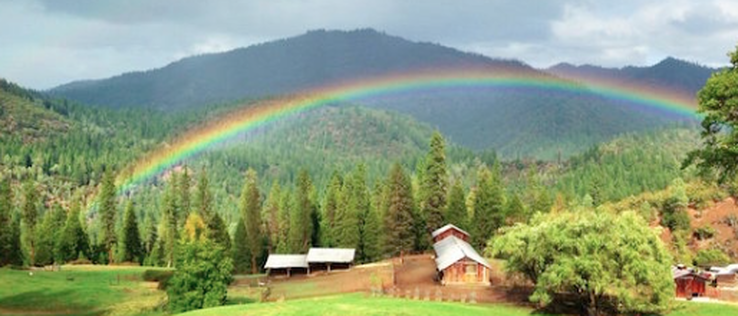
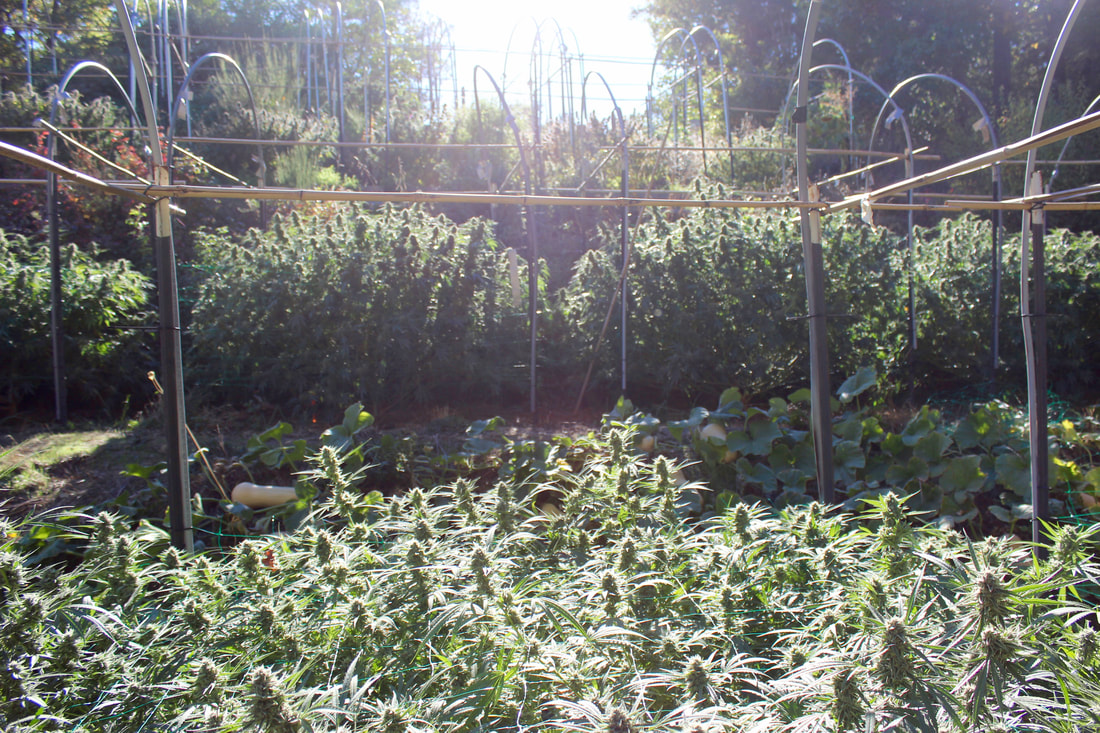
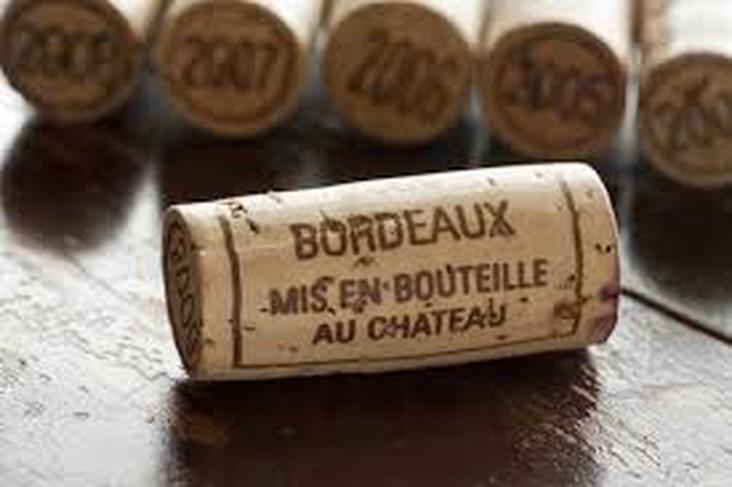
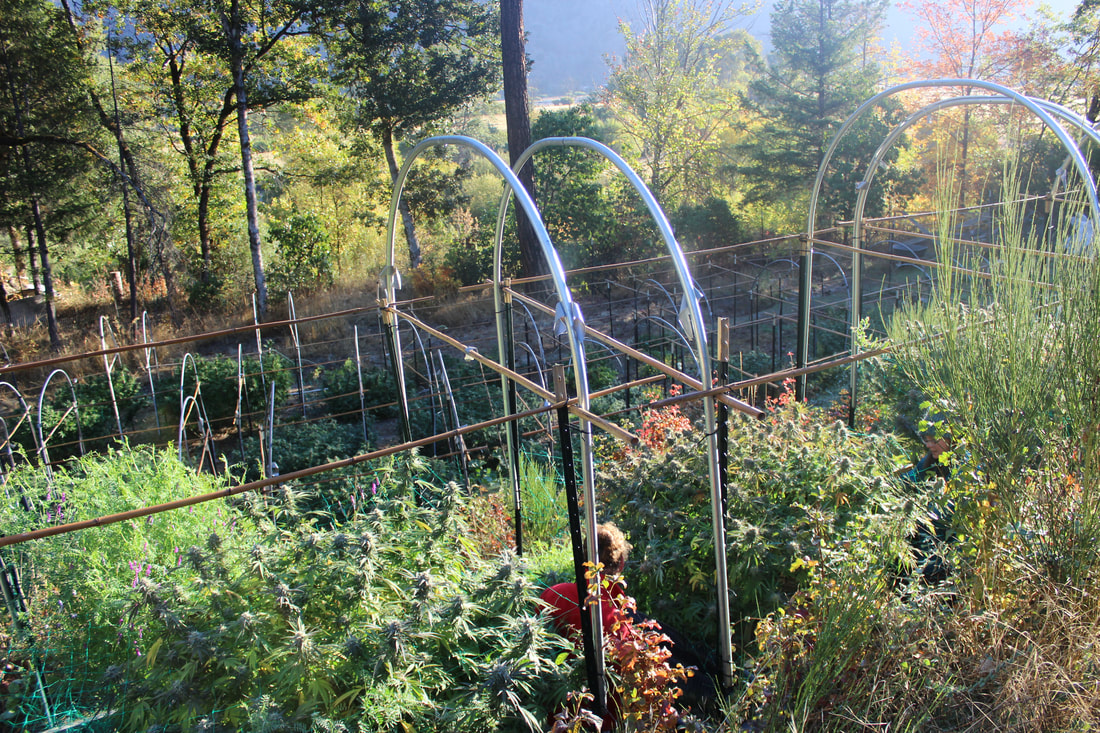
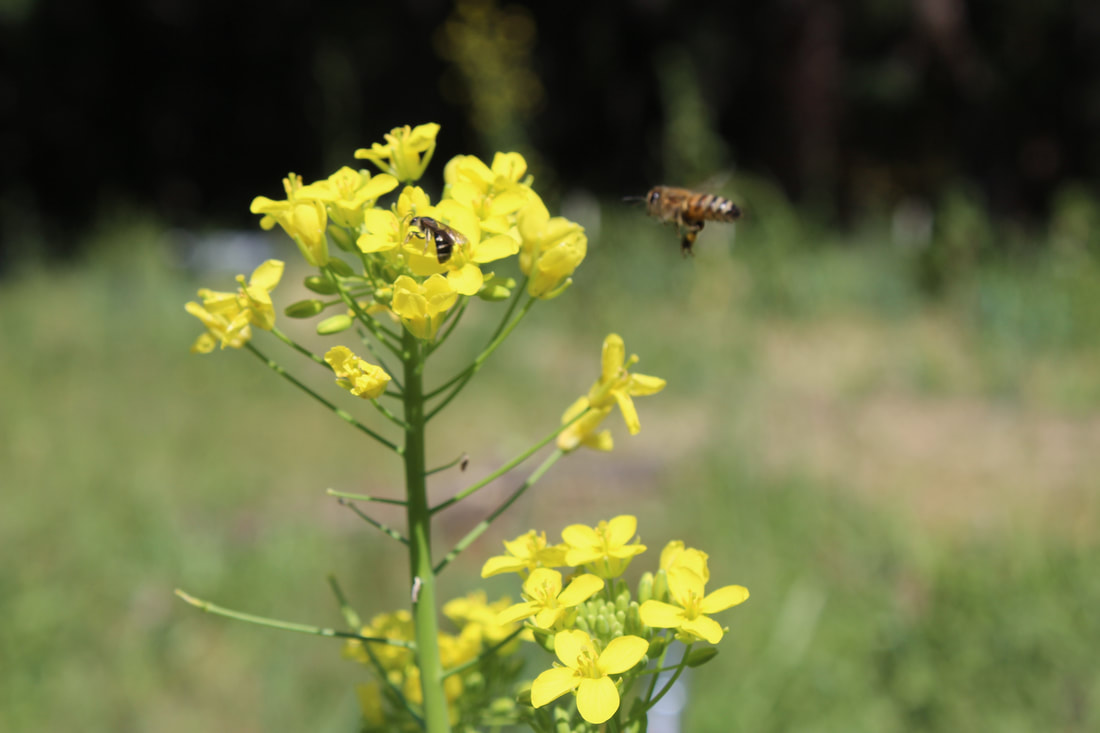
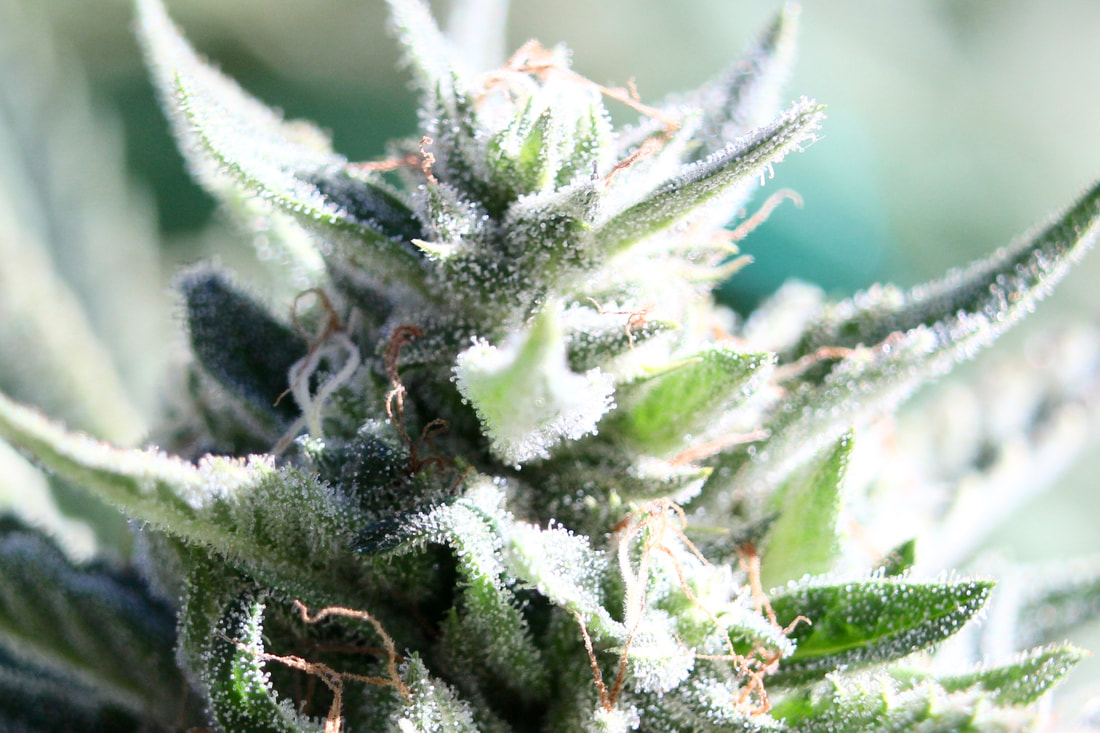
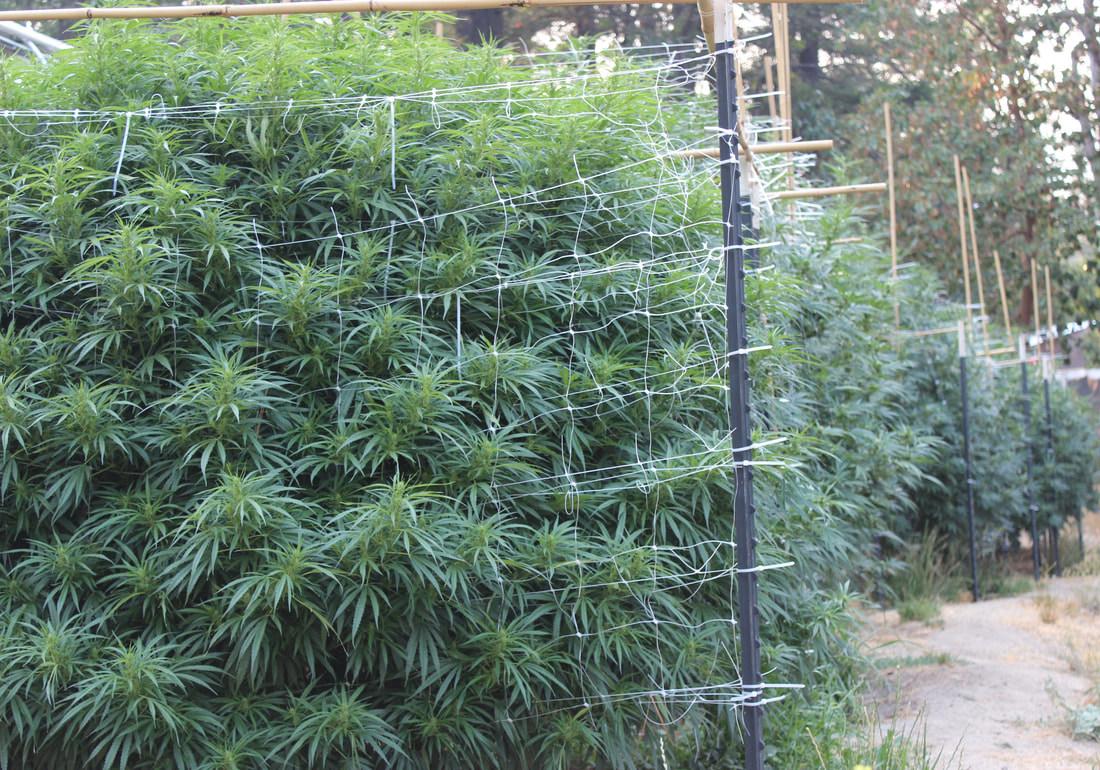
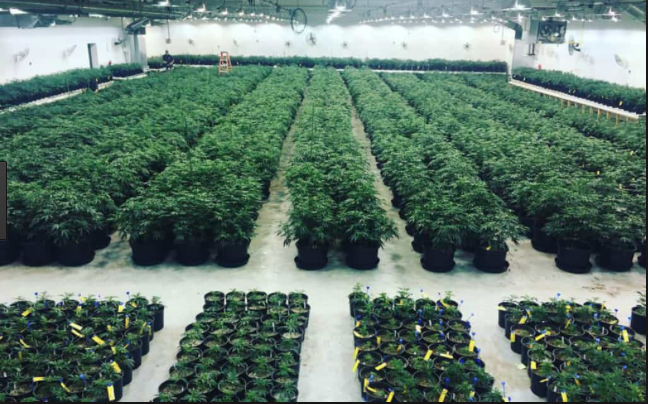
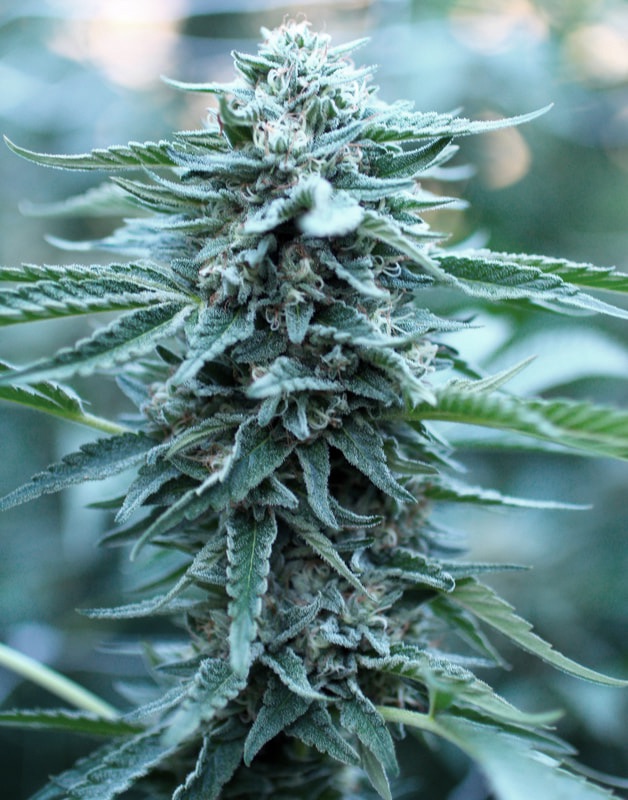
 RSS Feed
RSS Feed